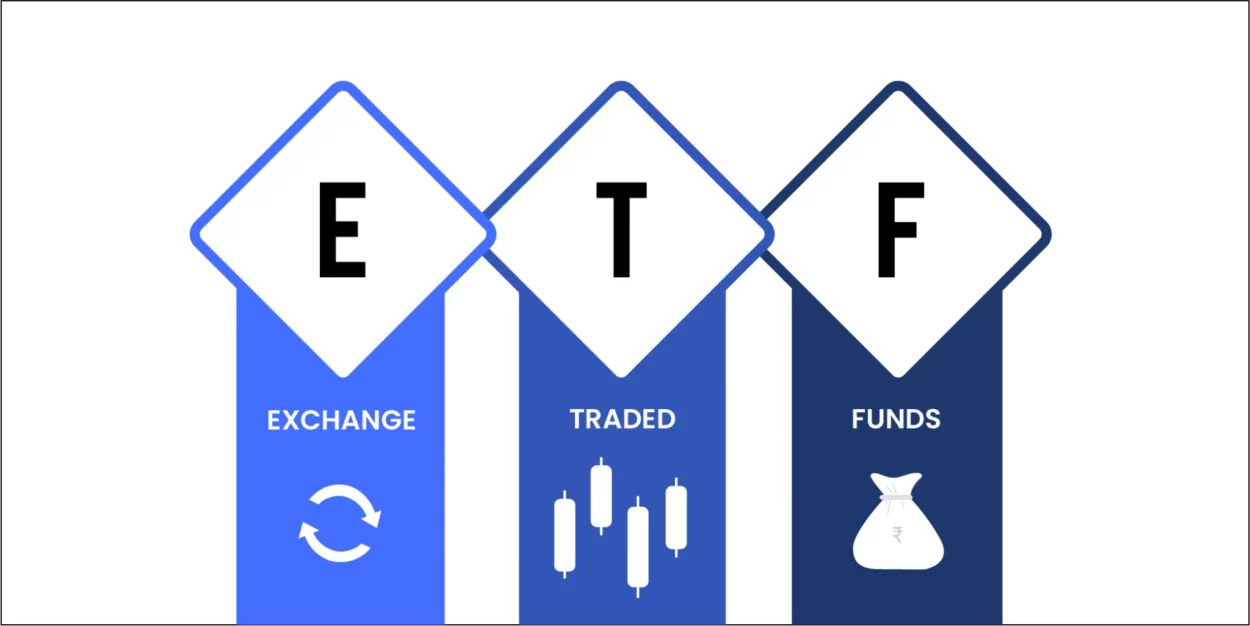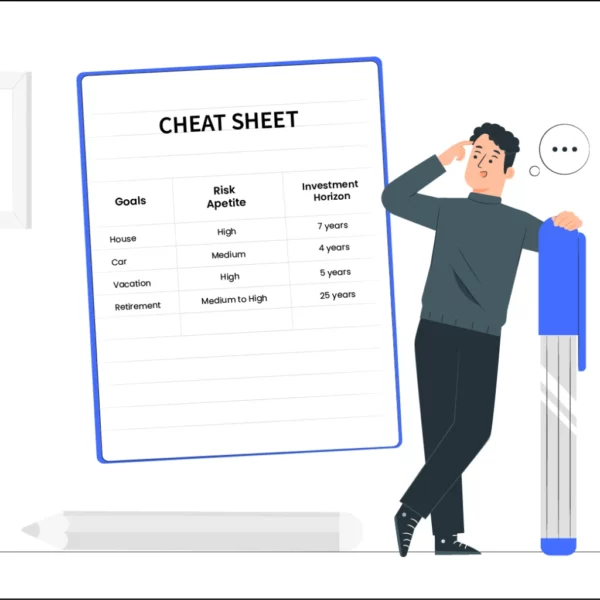Should you be adding ETFs to your portfolio? Are they worth the hype? Here we are answering all your questions about ETFs.
Indian mutual fund investors are putting more of their money in Exchange Traded Funds (ETFs). According to the Association of Mutual Funds in India (AMFI), the ‘Other ETF’ category saw the biggest inflow of around ₹50,824 crore between January and October 2021.
AMFI classifies ETFs into two categories: Gold ETF and Other ETFs. Apart from Other ETFs, gold ETFs are also witnessing a surge in their inflows. Between December 2019 and December 2021, gold ETF folios rose from 4.23 lakh to 32.09 lakh, according to AMFI. Also, Assets Under Management (AUM) of gold ETF schemes jumped from ₹5,768 crore (equivalent to 14.8 metric tonnes) to ₹18,405 crore (equivalent to 37.6 metric tonnes) of gold holding.
So, ETFs are gaining popularity among retail investors in India. We are going to explain all about them without using any jargon and that’s our Koshex promise!
What Are ETFs Anyway?
An ETF is a fund that has a basket of securities, including stocks, bonds, commodities, or currencies, that can be traded on an exchange like a stock. Hence, it can be bought and sold throughout the day. Investors can buy a share of that basket, just like buying shares of a company.
ETFs have the diversification benefits of mutual funds while emulating the ease with which stocks are traded. They allow investors to gain broad exposure to the stock market of different countries or specific sectors or themes on a real-time basis. Nifty 50 ETF, gold ETFs, liquid ETFs, international ETFs are some of the popular ETFs in India.
Types Of ETFs
The four most common types of ETFs available in India are Equity ETF, Liquid ETF, Commodity ETF and ETF Fund of Funds.
Equity ETF
These funds trade on an exchange like any other company stock and can be bought and sold continuously at market prices on a real-time basis. These ETFs can be further classified into factor-based, market based and sector or thematic based funds. These funds are suitable for investors who are looking for better liquidity and diversification in their investment portfolio.
Liquid ETF
These ETFs are funds that invest in short-term maturity instruments and other money market instruments. In these ETFs, investors get the exposure of fixed income instruments such as government bonds and debentures of companies that are a part of an index. This ETF is ideal for those investors who want to park their idle cash in an easy manner between trades and are looking for higher liquidity in their investment portfolio.
Commodity ETF
These ETFs invest in assets like gold, silver, etc., and they track the underlying market index. The Net Asset Value (NAV) of these funds changes throughout the day. The fluctuation in price change depends on the supply and the demand in the markets. The investor invests in stocks instead of the actual metal.
For example, take gold ETFs. They combine the features of stock trade and gold investment. There is a total transparency as gold prices on the stock exchange are available to the public. Also, these ETFs have much lower expenses when compared to physical gold investments. Investors who want to invest in commodities but do not want to buy the physical form and want to get tax benefits can choose these ETFs.
ETF FoFs (ETF Fund of Funds)
FoFs are mutual fund schemes that essentially invest in other mutual fund schemes. ETF FoFs will invest in other ETFs offered by several Asset Management Companies (AMCs). Through these ETFs, investors get an opportunity to benefit from diversification and the option of investing in several fund categories.
Why Choose ETFs?
- If you have a trading account, ETFs can be easily bought and sold like stocks during trading hours. This is not possible with open-ended funds.
- They have lower expense ratios, which can be as low as 0.25% and the minimum investment is of one unit.
- ETFs do not have any *unsystematic risk because they simply track the index.
(*Unsystematic risk is company-specific risk or sector-specific risk)
- The cost structure of ETFs is very low as they are not actively managed by fund managers.
In The End…
Though ETFs sound like a good investment option, you should be aware that they are not as liquid as mutual funds. However, it is a good option if you are considering diversifying your portfolio.
About Koshex: We are a new-age wealth management platform and we like to educate people about various investment products. You can also invest in Mutual Funds, Smart Deposits, and Digital Gold through our platform. If you are unable to pick the right one, you can ask our AI to choose a solution that will be customized for your goals and needs. Head to our platform today to start your financial journey!






Leave a Comment